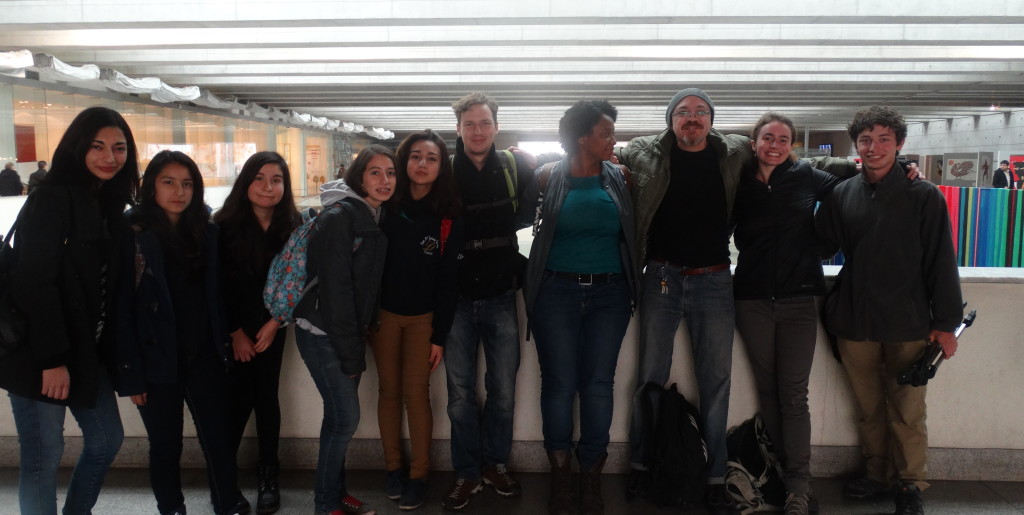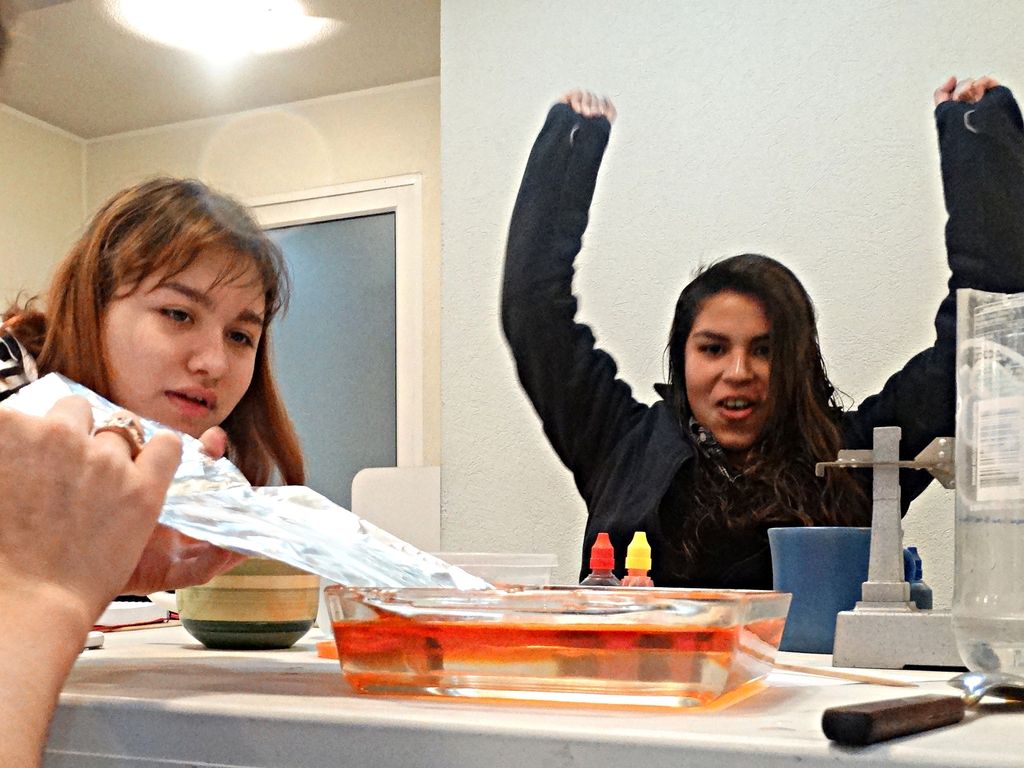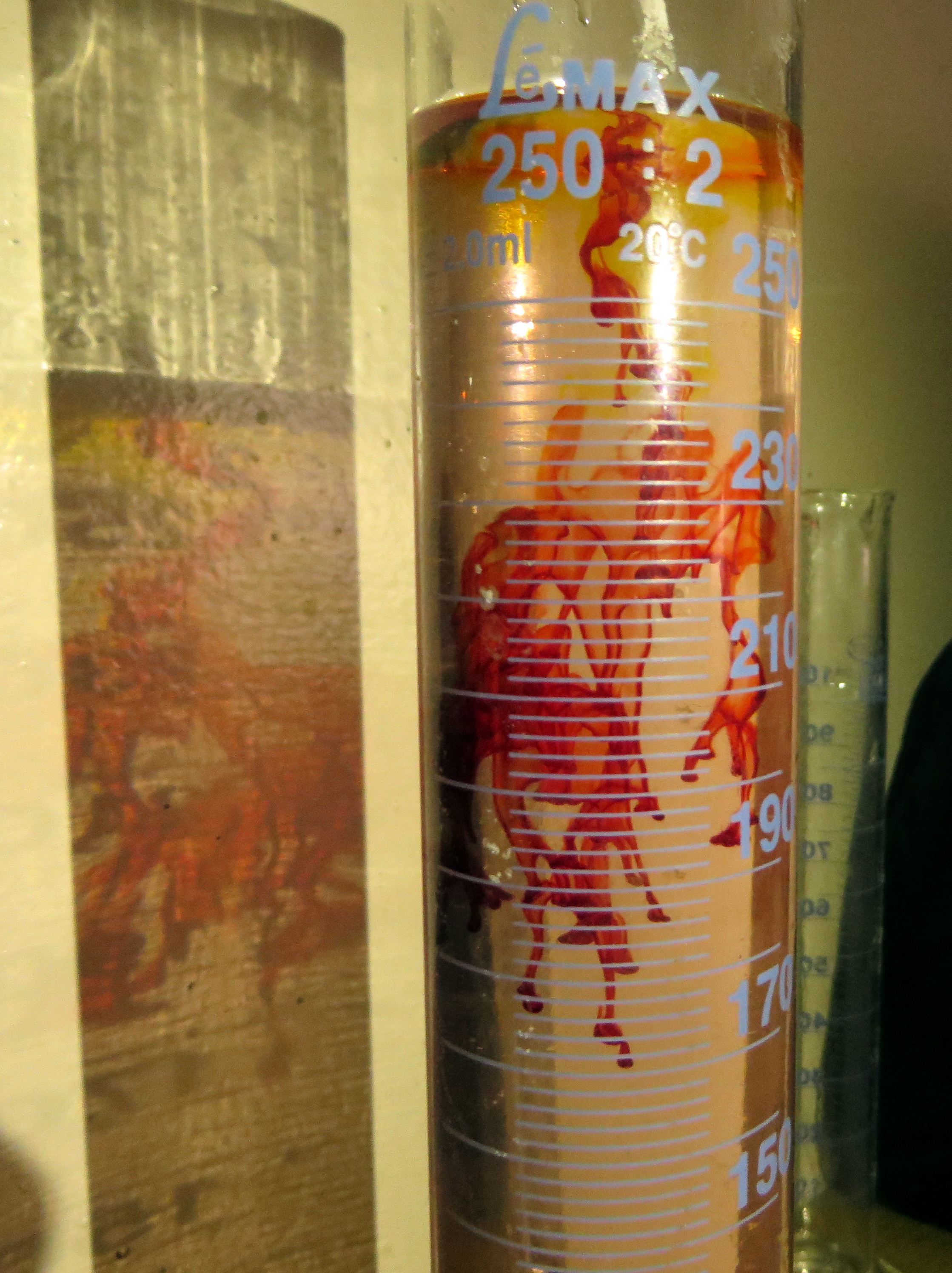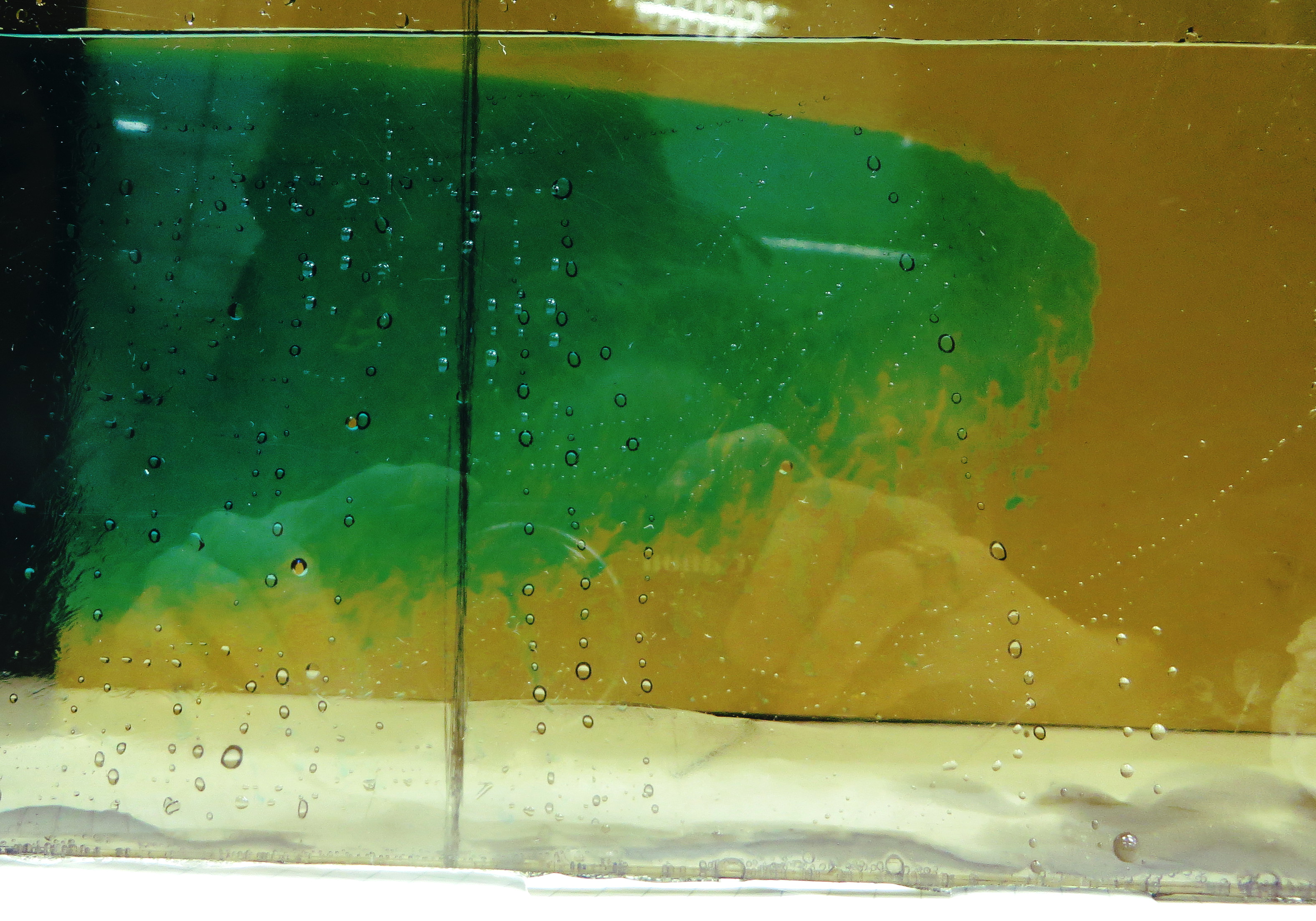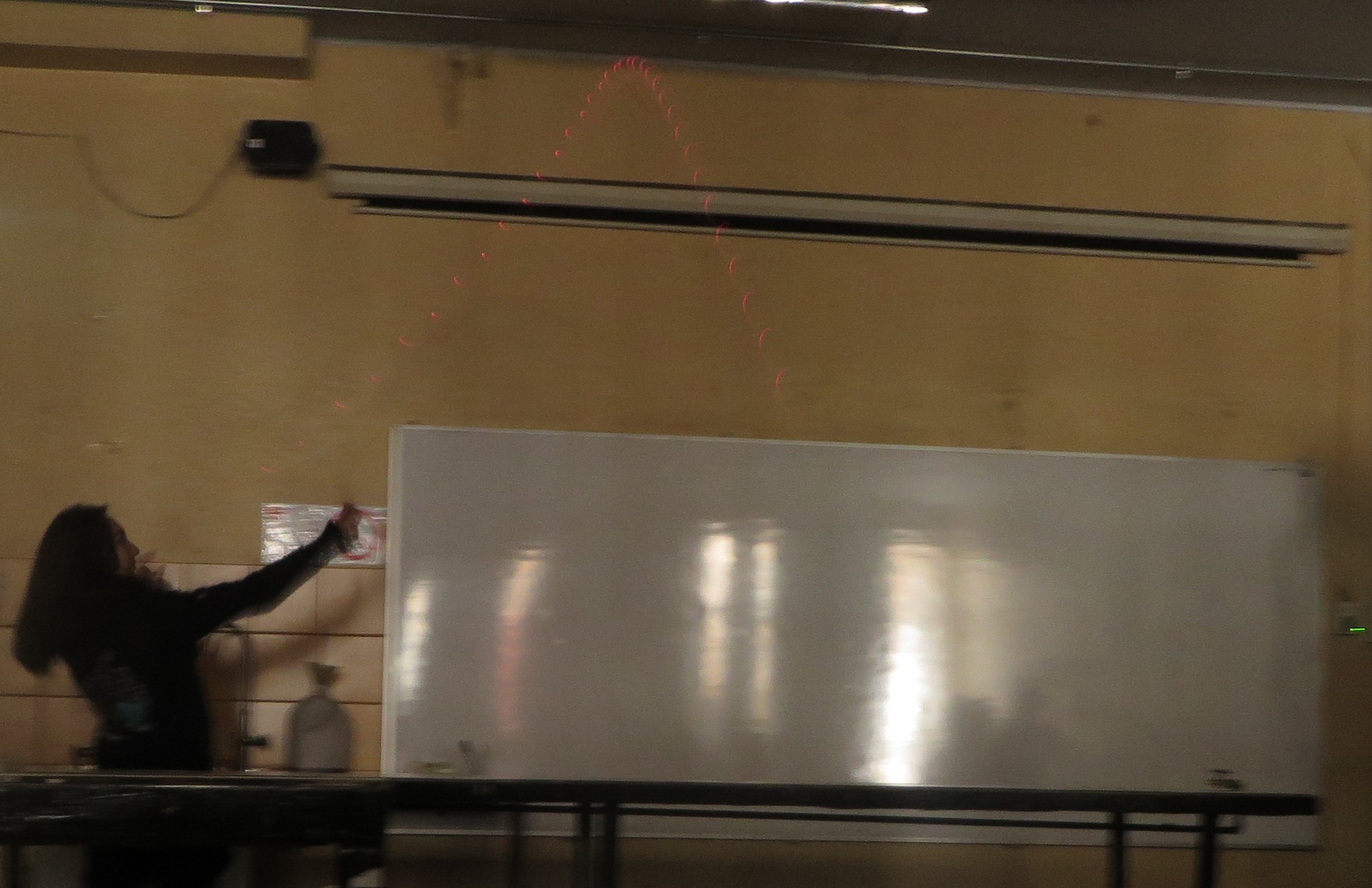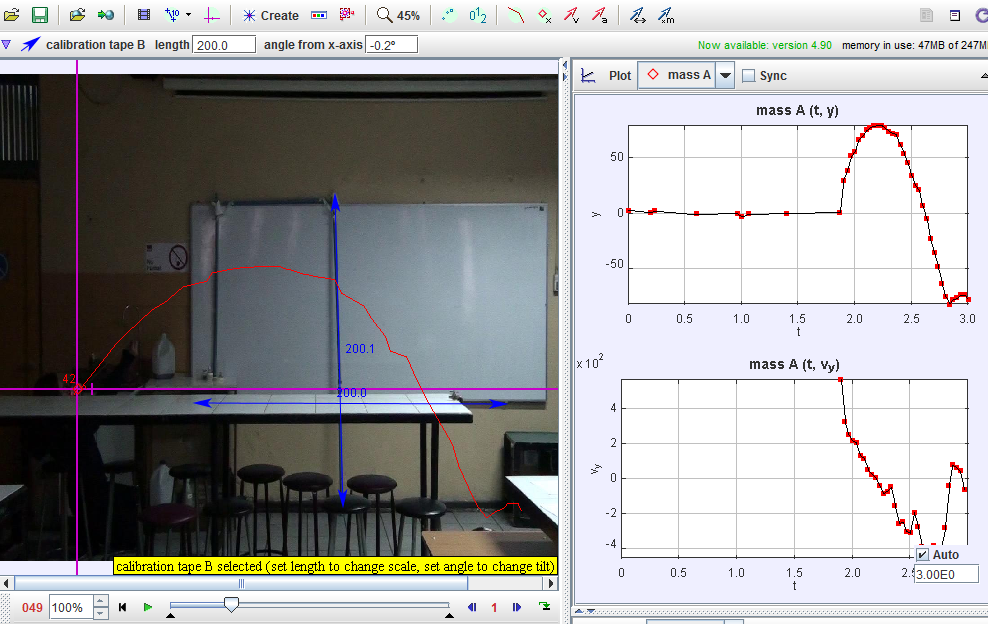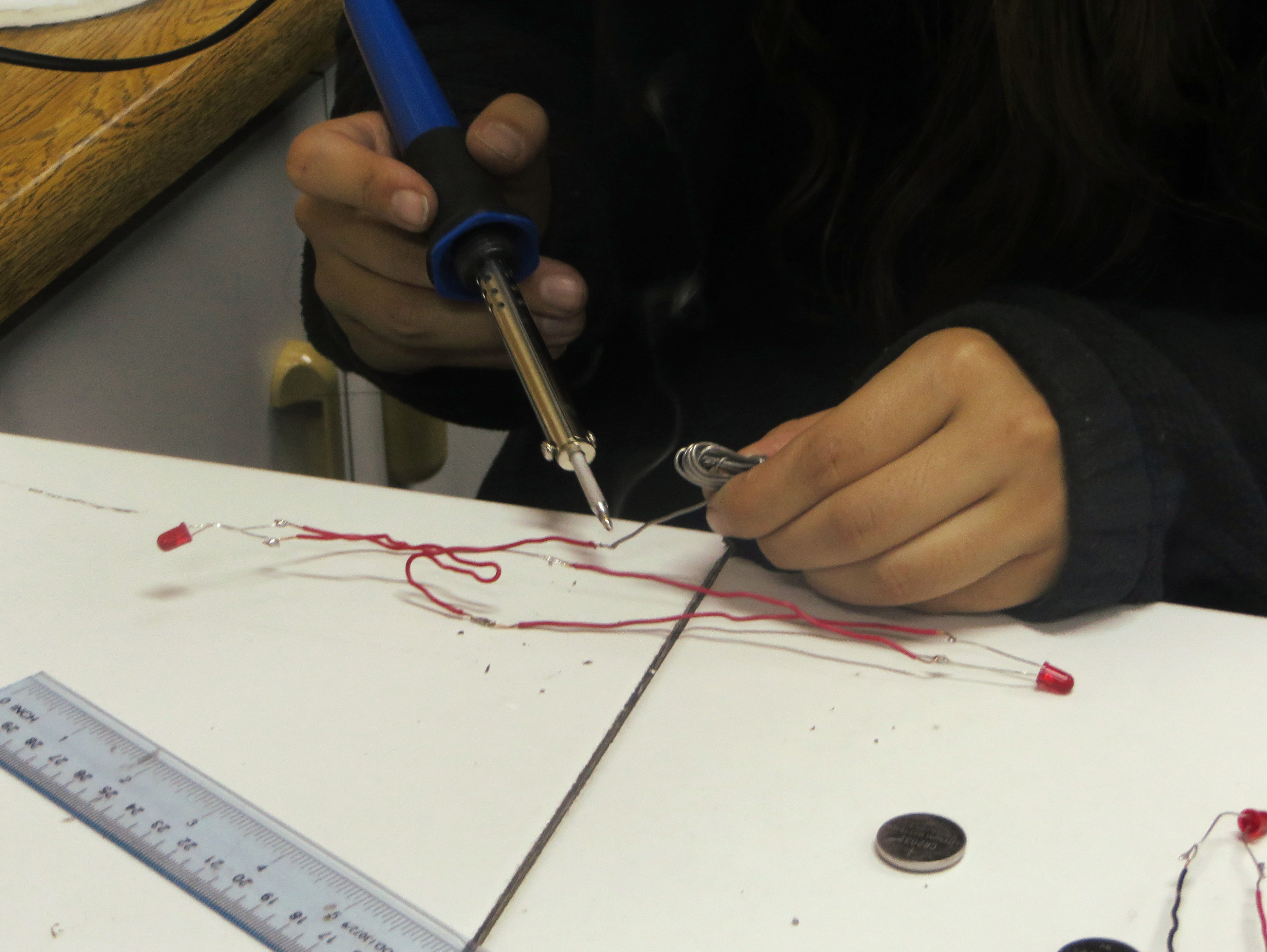2018 Update: The Chilean Young Physicists’ Tournament is now hosted by the Physics Department of the Universidad de Santiago de Chile. You can join the 2018 tournament here.
2015 Program: In summer 2015, I worked with a team of six MIT students to run the first Chilean Young Physicists’ Tournament, based on the International Young Physicists’ Tournament (IYPT). We worked with six teams of students at two public Chilean high schools: Liceo Numero Uno and Instituto Nacional.
Each team chose two open-ended problems, then designed and ran experiments until they understood the physics behind the problem. At the end of the program, they presented their results in a tournament judged by local scientists. All work was conducted in Spanish.
I believe that IYPT problems provide extraordinary training for future scientists and engineers. As of summer 2017, all of our original students were pursuing STEM degrees.
IYPT students in 30+ countries learn to tackle problems which are unfamiliar and often unsolved. They learn to delight in the unknown.
My team’s projects are described below. If you’re interested in learning more, you can find past problems at archive.iypt.org and read about our Chilean tournament on our Spanish homepage. If you’re interested in working with a US team, contact me (kelly.kochanski@colorado.edu) or our team leader, Andrei Klishin (aklishin@umich.edu).
Project 1: Sugar and salt water
When a container with a layer of sugar water placed above a layer of salt water is illuminated, a distinctive finger pattern may be seen in the projected shadow. Investigate the phenomenon and its dependence on the relevant parameters. (IYPT 2015)
Background: I taught the team about fluid mixing by both convection and diffusion. We experimented with both stable and unstable layers of fluids.
Early observations: We observed that colored sugar water poured into salt water sometimes formed stable ‘fingers’, which survived for up to an hour without mixing.
Hypothesis: The stability of the ‘fingers’ depends on the density of the fluids.
Experiment: Javiera designed an experiment in which she mixed six different concentrations of sugar and salt water. We observed that fingers formed whenever sugar water was above salt water. If the density of the sugar water was higher, the fluids quickly mixed by convection, destroying the fingers.
Explanation: The fingers mixed by double diffusive convection. Salt diffuses faster than sugar. Whenever a sugary finger formed as a random perturbation, salt mixed into it, making it temporarily heavier than the surrounding fluid.
Project 2: Magnus gliders
Glue two light cups together. Wind an elastic band around the centre and hold the free end. While holding the glider, stretch the elastic band, then release the glider. Investigate its motion. (IYPT 2015)
Aim: My team chose to make “a glider you could sell after Chile won the Copa Americana”. Specifically, they wanted to build a glider that would fly above head height (2m) and stay in the air for 2 seconds.
Experiments: We built 6 gliders, using two materials (plastic and styrofoam) and three lengths (3, 6, and 9cm). The students threw each glider nine times and measured their maximum heights and flight times.
Results: Only three gliders reached 2m more than half the time, and of these, the 6cm plastic glider remained in the air for the longest (1.78 +/-0.02s).
Marketing: I taught two students to solder. They attached small LEDs and lithium batteries to the gliders so that they shone in flight.
Physics: We used both long-exposure photography and video tracking to capture the glider trajectories, which diverge from the parabolic trajectories of normal projectiles.
